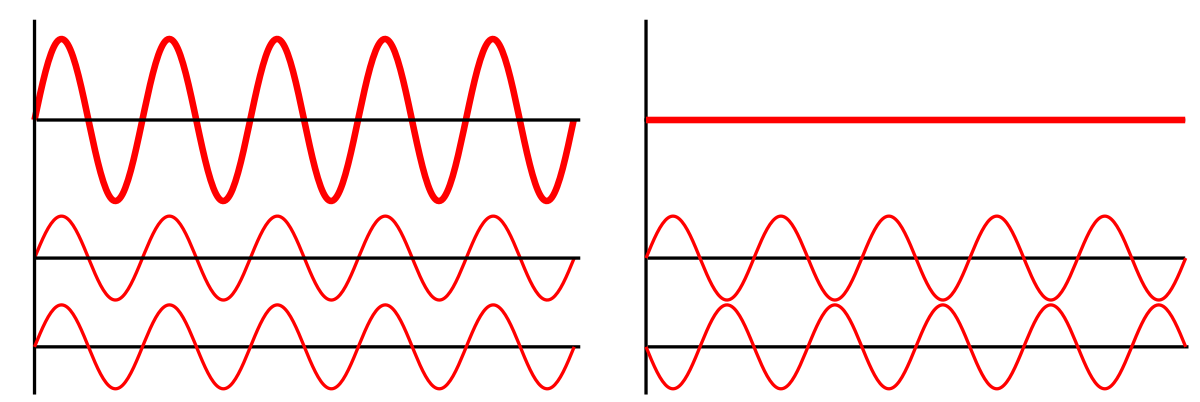Products Category
- FM Transmitter
- 0-50w 50w-1000w 2kw-10kw 10kw+
- TV Transmitter
- 0-50w 50-1kw 2kw-10kw
- FM Antenna
- TV Antenna
- Antenna Accessory
- Cable Connector Power Splitter Dummy Load
- RF Transistor
- Power Supply
- Audio Equipments
- DTV Front End Equipment
- Link System
- STL system Microwave Link system
- FM Radio
- Power Meter
- Other Products
- Special for Coronavirus
Products Tags
Fmuser Sites
- es.fmuser.net
- it.fmuser.net
- fr.fmuser.net
- de.fmuser.net
- af.fmuser.net ->Afrikaans
- sq.fmuser.net ->Albanian
- ar.fmuser.net ->Arabic
- hy.fmuser.net ->Armenian
- az.fmuser.net ->Azerbaijani
- eu.fmuser.net ->Basque
- be.fmuser.net ->Belarusian
- bg.fmuser.net ->Bulgarian
- ca.fmuser.net ->Catalan
- zh-CN.fmuser.net ->Chinese (Simplified)
- zh-TW.fmuser.net ->Chinese (Traditional)
- hr.fmuser.net ->Croatian
- cs.fmuser.net ->Czech
- da.fmuser.net ->Danish
- nl.fmuser.net ->Dutch
- et.fmuser.net ->Estonian
- tl.fmuser.net ->Filipino
- fi.fmuser.net ->Finnish
- fr.fmuser.net ->French
- gl.fmuser.net ->Galician
- ka.fmuser.net ->Georgian
- de.fmuser.net ->German
- el.fmuser.net ->Greek
- ht.fmuser.net ->Haitian Creole
- iw.fmuser.net ->Hebrew
- hi.fmuser.net ->Hindi
- hu.fmuser.net ->Hungarian
- is.fmuser.net ->Icelandic
- id.fmuser.net ->Indonesian
- ga.fmuser.net ->Irish
- it.fmuser.net ->Italian
- ja.fmuser.net ->Japanese
- ko.fmuser.net ->Korean
- lv.fmuser.net ->Latvian
- lt.fmuser.net ->Lithuanian
- mk.fmuser.net ->Macedonian
- ms.fmuser.net ->Malay
- mt.fmuser.net ->Maltese
- no.fmuser.net ->Norwegian
- fa.fmuser.net ->Persian
- pl.fmuser.net ->Polish
- pt.fmuser.net ->Portuguese
- ro.fmuser.net ->Romanian
- ru.fmuser.net ->Russian
- sr.fmuser.net ->Serbian
- sk.fmuser.net ->Slovak
- sl.fmuser.net ->Slovenian
- es.fmuser.net ->Spanish
- sw.fmuser.net ->Swahili
- sv.fmuser.net ->Swedish
- th.fmuser.net ->Thai
- tr.fmuser.net ->Turkish
- uk.fmuser.net ->Ukrainian
- ur.fmuser.net ->Urdu
- vi.fmuser.net ->Vietnamese
- cy.fmuser.net ->Welsh
- yi.fmuser.net ->Yiddish
Using Highpass Filters For TVI - And When Not To
Highpass filters used with modern television receivers are passive devices intended to block the reception of frequencies below 54 Mhz and allow to pass signals above that frequency. The television range used today extends from 54 Mhz to 806 Mhz, not inclusive.
Cable television frequencies extend from 54 Mhz to 300 Mhz in most systems but as high as 500 Mhz in some of the larger cities with 70 or more channels.

When interference occurs to TV reception it's important to try to recognize first what the nature of the specific case is and from where it comes.
If voice and video distortion both occur and it is believed that a strong local transmitting source such as a CR or Amateur Radio station is involved then it's generally pretty easy to determine what to do next.
Here's how:
If the interference occurs to only one TV channel or perhaps two channels spread aways apart then the most likely cause is harmonic signal generation from the transmitter source. This type of interference can only be solved at the transmitter by filtration and it's not the most common type of malady.

A more frequent type of interference is when the local transmitter interrupts the reception of many or all channels, inducing wavy lines or audio noise into the system. This specific case is called fundamental overload and is caused by large signal voltages present in the immediate area.
There are two primary ports of entry that locally generated radio signals can reach and disrupt TV circuitry. The first is through the TV's antenna or cable line and the second is through the AC power line. Here's how to tell which case you have.

Disconnect the antenna or cable line from the back of the set and drop it to the floor. Have the station owner transmit again and observe the screen. If interference disappears then you know that the offending signal was entering the TV through the antenna line and a highpass filter installation is the next step.
If interference persists then the AC line is part of the problem and an AC line filter may also have to be installed. Either way, a combination of simple disconnection tests can provide a wealth of data from which a solution can be drawn.
If a highpass filter is part of the program here's how to choose an appropriate unit. Be sure that the filter is designed to attenuate BOTH common mode and differential mode interference.
Common mode is where the shield and center conductor of the TV's antenna coaxial line are both electrified by a locally generated signal. Differential mode is where the center conductor alone is electrified and the shield maintains its neutral (ground) integrity.
Common mode is the most common of modern cases, and a good highpass filter should have a common mode loss of 20db or more. If manufacturers do not publish their loss figures, shop elsewhere.
Always mount the filter as close as possible to the input (antenna) connector of the TV set or VCR. Generally it's best to place the filter between the incoming antenna or cable lead and the first item to which the cable lead is connected.
But it may be more effective in some cases to connect the incoming line to the VCR and install the highpass filter to the input connector on the TV receiver. It's important to keep leads short and connections tight.
But keep in mind that all cases of interference differ somewhat, and that experiemnting with different combinations of protective devices is normal in the pursuit of good results. Make notes as you go and don't be discouraged if early results are not satisfying. Most interference cases can be solved without a lot of investment or effort.

